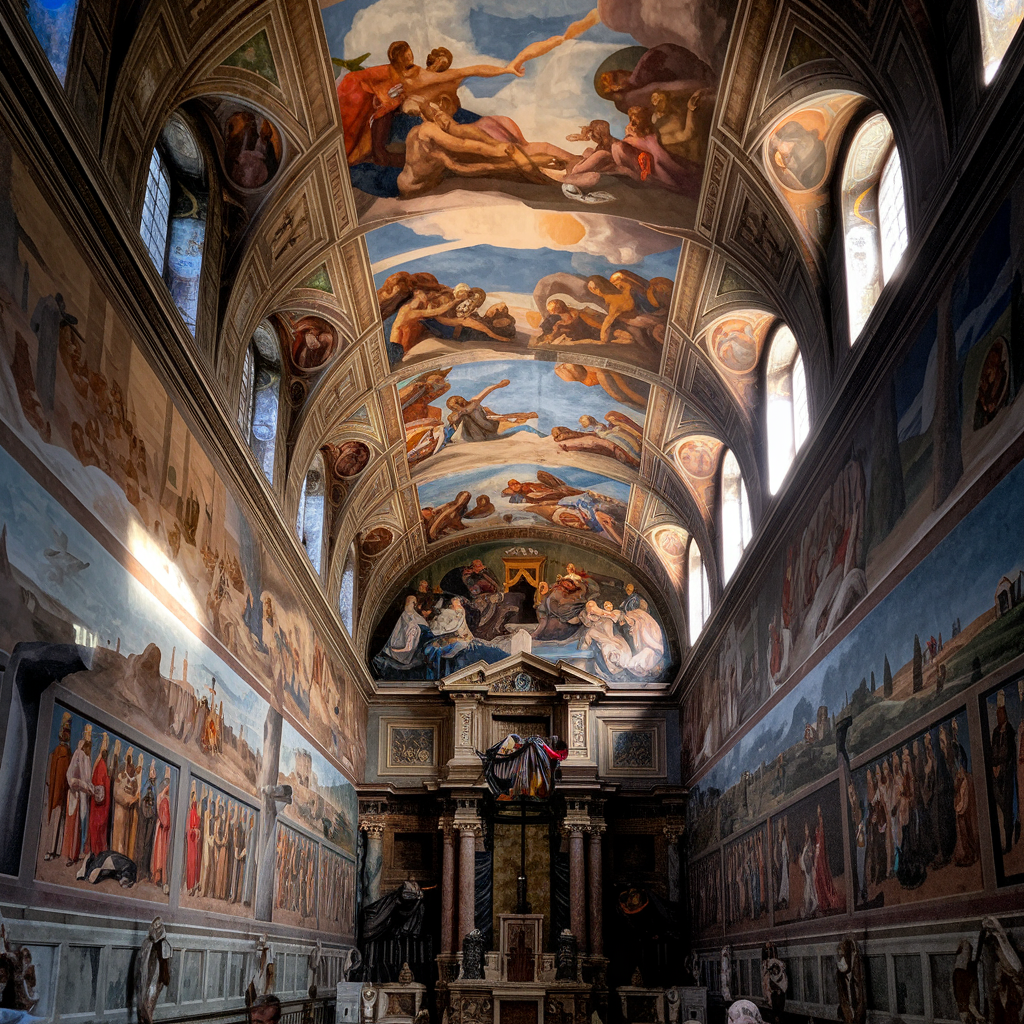Ancient Artz: A Journey Through Timeless Creativity and Culture

Human creativity has roots that reach far back into the dawn of civilization. Ancient art, often referred to as ancient artz, captures the essence of early human expression, serving not only as a means of communication but as a mirror reflecting the beliefs, values, and ambitions of ancient societies. From cave paintings to elaborate sculptures, ancient artz represent some of the most profound examples of creative endeavor, revealing the early relationship between humanity, nature, and the divine.
This article will delve into the many forms, materials, and cultures that comprise ancient artz, exploring the legacy they have left and the continued influence they wield over modern art.
What Defines Ancient Artz?
The term “ancient artz” refers to creative expressions produced by early human societies, often spanning thousands of years and encompassing a range of mediums. Ancient artz were created with diverse materials, from pigments and stone to bronze and ceramics, each medium reflecting the resources available at the time. These artifacts reflect various aspects of early life, from survival and daily rituals to spiritual beliefs and cosmic mysteries.
While ancient artz were primarily crafted with utilitarian or religious purposes in mind, they have since become valued as treasures of human heritage, studied and preserved for their cultural and artistic importance.
The Beginnings of Ancient Artz: Prehistoric Times
The roots of ancient artz extend back to the prehistoric era, where the earliest known art forms were born in the depths of caves. Cave paintings from locations like Lascaux in France and Altamira in Spain provide a glimpse into the daily lives and beliefs of early humans. These images, often depicting animals and hunting scenes, are thought to represent both a practical and spiritual purpose.
Prehistoric art also includes sculptural forms, such as the Venus figurines, which were small carvings of female figures with exaggerated features. These figurines may have been symbols of fertility or early religious icons, though their exact significance remains a mystery.
Egyptian Art: The Art of Immortality
In the ancient world, Egyptian art is among the most iconic. It is known for its focus on eternity and the afterlife. Egyptian art includes a wide array of forms, from grandiose statues and intricate hieroglyphs to elaborate tomb paintings designed to accompany the dead on their journey to the afterlife.
Key Characteristics
Egyptian art is characterized by its highly stylized and symbolic nature. Figures are often depicted in profile, with larger-than-life proportions indicating divine or royal status. Much of Egyptian art was crafted for religious and funerary purposes, reflecting the society’s deep belief in an afterlife and the continuity of the soul.
Notable Examples
- The Great Sphinx of Giza
- The statues of pharaohs, including the famous Tutankhamun mask
- Papyrus scrolls featuring the Book of the Dead
These works showcase the skills of Egyptian artisans, who used stone, gold, and pigments to create pieces that would last millennia, each imbued with profound symbolism.
Mesopotamian Art: Power and Myth in Ancient Civilizations
Ancient Mesopotamia, often called the “cradle of civilization,” produced art that reflected the power of its city-states and the divine myths of its people. From temples to cylinder seals, Mesopotamian art served both ceremonial and practical roles, offering insights into the region’s political and spiritual life.
Major Contributions
Mesopotamians pioneered cuneiform writing on clay tablets, one of the earliest known forms of written communication, as well as intricate carvings and sculptures in stone and bronze. Large structures, such as ziggurats (terraced temples), were built as places of worship, and smaller artifacts, like cylinder seals, functioned as signatures for transactions and personal identification.
Greek Art: The Celebration of the Human Form
Greek art is famous for its reverence of human beauty, form, and proportion. Emerging around the 8th century BCE, ancient Greek art transitioned through distinct styles, including the Archaic, Classical, and Hellenistic periods, each marked by advancements in realism and expressive detail.
Characteristics and Styles
The Greeks perfected the portrayal of the human body, seen in sculptures that emphasized symmetry, proportion, and anatomical accuracy. Greek statues, like those of gods, athletes, and philosophers, represent ideals of beauty, strength, and intellect, often serving as a tribute to the achievements and values of their society.
Iconic Examples
- The Parthenon in Athens, a symbol of architectural mastery and religious devotion
- Classical sculptures such as the Discobolus (Discus Thrower)
- Hellenistic works like the Venus de Milo, which embody grace and beauty
These works remain influential, showcasing techniques that would be emulated by countless artists in the centuries that followed.
Roman Art: Realism and Engineering Marvels
Drawing heavily on Greek art, the Romans developed their own distinct style, incorporating realism and portraiture. Roman art is known for its incredible engineering and architectural achievements, as well as its realistic approach to depicting human subjects. Busts of emperors, senators, and military leaders exemplify the Roman focus on individuality and power.
Artistic Innovations
Roman artists created frescoes, mosaics, and sculptures with high levels of detail. They also excelled in engineering, creating roads, aqueducts, and large-scale buildings like the Colosseum and the Pantheon, structures that still stand as testaments to their skill.
Roman art was often more utilitarian, intended to display the power and prestige of the empire. Art was displayed in public spaces, ensuring that the authority of Rome reached all citizens.
Asian Art: Spirituality and Nature in Early Civilizations
In ancient Asia, art developed with a strong connection to spirituality and nature. Indian, Chinese, and Japanese artists crafted unique styles that reflected their philosophical and religious beliefs, including Hinduism, Buddhism, and Taoism.
Ancient Indian Art
Indian art from ancient times is noted for its vibrant sculptures, particularly in Buddhist and Hindu temples. The Ajanta Caves and the Ellora Caves feature detailed carvings and paintings that portray deities, narratives, and mythological scenes.
Chinese Art
Ancient Chinese art, influenced by Confucianism, Daoism, and Buddhism, focused on harmony with nature. Early works include pottery, jade carvings, and silk paintings, each representing the culture’s aesthetic values and philosophy.
Notable Works
- Terracotta Army of the First Emperor
- Early landscapes on silk scrolls
- Bronze vessels from the Shang Dynasty
Japanese Art
Japanese art, rooted in Shinto beliefs and Zen Buddhism, is reflected in pottery, calligraphy, and traditional landscapes. Early Japanese art emphasized simplicity and a reverence for nature, which continues to influence Japanese aesthetics.
The Influence of Ancient Artz on Modern Art
Ancient artz has influenced countless movements in the modern era. Artists like Pablo Picasso and Henri Matisse found inspiration in African and prehistoric art, embracing raw forms and simplified shapes to express primal emotions. Similarly, modern architecture and sculpture draw on the forms and proportions pioneered by the Greeks and Romans, while Asian aesthetics have influenced minimalism and abstract art.
Preserving Ancient Artz for Future Generations
Preserving ancient artz is crucial for safeguarding cultural heritage. Museums, universities, and research institutions worldwide work to conserve these artifacts through restoration and documentation efforts. The study of ancient artz not only allows us to understand past civilizations but also connects us to universal themes like creativity, beauty, and the human experience.
FAQs
What defines ancient artz?
Ancient artz refers to early artistic expressions from ancient civilizations, including painting, sculpture, and architecture.
Why is ancient Egyptian art so focused on the afterlife?
Egyptian art reflects the society’s deep belief in immortality and the journey to the afterlife, often created to guide and protect the deceased.
How did Greek art influence the modern world?
Greek art introduced idealized human forms and concepts of symmetry and proportion that continue to influence modern aesthetics in art and architecture.
What is the significance of Mesopotamian cylinder seals?
Cylinder seals served as personal identification and a means of recording transactions, reflecting early forms of written communication.
How did religion influence ancient Asian art?
Religious beliefs in Hinduism, Buddhism, Confucianism, and Daoism shaped the themes and styles of Asian art, emphasizing spirituality and harmony with nature.
Why is preserving ancient artz important?
Preserving ancient artz is vital for understanding cultural history and human development, connecting present generations to past societies.






